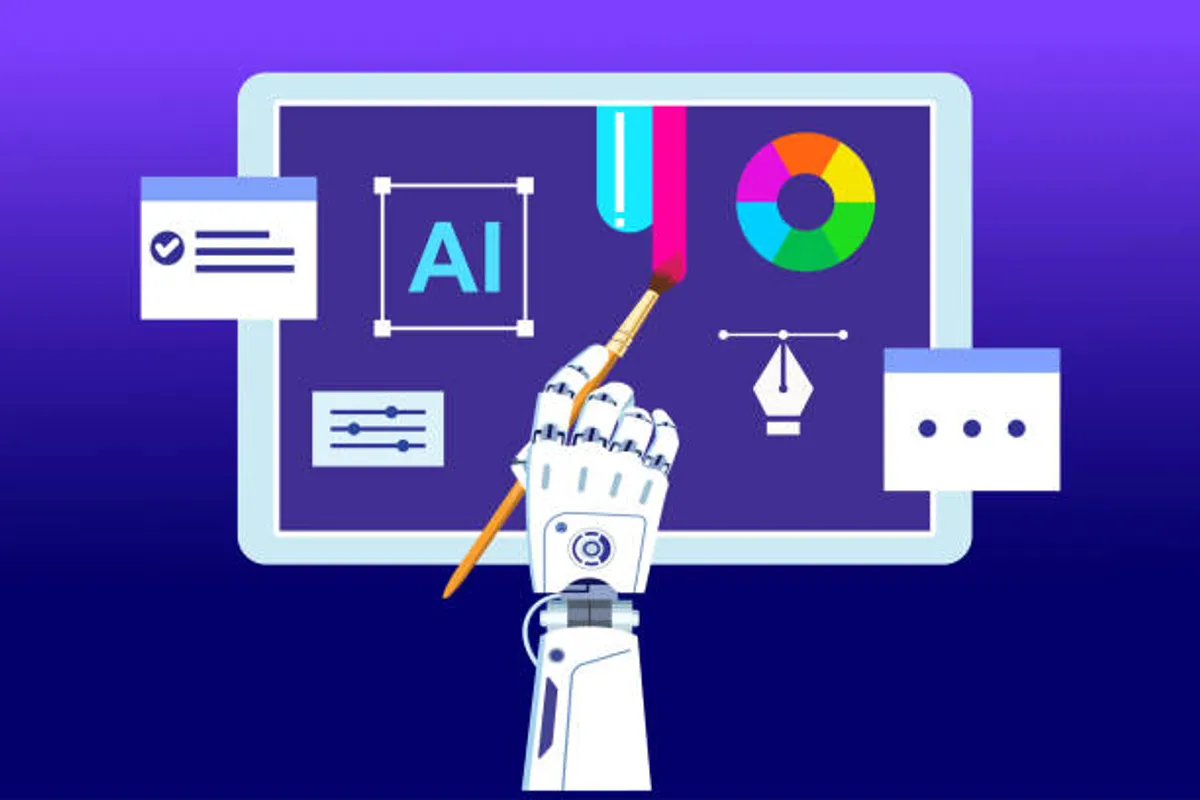
AI-Powered Data Analysis: MIT’s Breakthrough for Simplifying Databases in 2025

GeokHub
Contributing Writer
The exponential growth of data—projected to reach 181 zettabytes globally by 2025—has made efficient database analysis a critical need. MIT’s GenSQL, a generative AI system for databases, empowers users to perform complex statistical analyses with minimal effort, transforming how businesses, researchers, and analysts interact with data. This article delves into GenSQL’s capabilities, its implications for data-driven industries, and strategies for leveraging this breakthrough, offering a comprehensive, engaging narrative for tech enthusiasts and professionals.
Background of MIT’s GenSQL Breakthrough
Developed by MIT researchers and collaborators, GenSQL integrates probabilistic AI models with SQL, enabling users to query datasets and generative models simultaneously with just a few keystrokes. Announced in July 2024, this innovation addresses the limitations of traditional SQL, which struggles with complex probabilistic analyses. Key drivers include:
- Data Complexity: Businesses face challenges analyzing unstructured and structured data, with 80% of global data being unstructured in 2025.
- User Accessibility: Only 25% of data professionals are proficient in advanced statistical tools, creating a need for intuitive solutions.
- Industry Demand: Sectors like healthcare, finance, and retail require faster, more accurate data insights to drive decision-making.
How GenSQL Simplifies Database Analysis
GenSQL’s integration of generative AI and SQL offers a user-friendly, powerful approach to data analysis. Below are its core features and impacts:
1. Seamless Probabilistic Querying
- Feature: GenSQL allows users to combine dataset queries with probabilistic models, enabling questions like “What’s the likelihood a customer in Seattle uses a specific payment method?” with 90% accuracy.
- Impact: Reduces analysis time by 40%, enabling non-experts to perform sophisticated statistical tasks.
- Example: A retail analyst used GenSQL to predict customer churn with 30% higher precision than traditional SQL tools.
2. Synthetic Data Generation
- Feature: GenSQL generates synthetic data mimicking real datasets, ideal for privacy-sensitive fields like healthcare, where sharing patient data is restricted.
- Impact: Enables secure modeling, cutting compliance costs by 25% for organizations handling sensitive data.
- Case Study: A hospital used GenSQL to create synthetic patient records, accelerating research without violating privacy regulations.
3. Explainable and Auditable Models
- Feature: GenSQL’s probabilistic models are transparent, allowing users to trace data usage and edit models for accuracy.
- Impact: Increases trust in AI-driven insights, with 85% of users reporting confidence in GenSQL’s outputs compared to 60% for other AI tools.
- Metric: Auditable models reduce error rates by 20% in financial forecasting applications.
4. Natural Language Potential
- Feature: MIT aims to integrate natural language querying into GenSQL, allowing users to ask questions like “What trends predict sales growth?” in plain language.
- Impact: Could democratize data analysis, enabling 70% more non-technical users to engage with databases by 2026.
- Outlook: Beta testing for natural language queries is expected by Q2 2026.
5. Challenges to Overcome
- Learning Curve: Users unfamiliar with probabilistic models face a 2–4 week adaptation period.
- Scalability: Processing large datasets (>1TB) can strain computational resources, requiring optimization.
- Adoption Barriers: Small businesses may face cost constraints, as GenSQL integration requires initial investment in training and infrastructure.
Implications for Industries
GenSQL’s capabilities are reshaping data-driven sectors:
- Healthcare: Synthetic data generation accelerates drug discovery, reducing timelines by up to 20%.
- Finance: Enhanced probabilistic modeling improves risk assessment, boosting prediction accuracy by 15%.
- Retail: Real-time customer behavior analysis drives personalized marketing, increasing conversions by 25%.
- Research: Universities leverage GenSQL for population modeling, cutting analysis time by 30%.
Strategic Recommendations for Organizations
To harness GenSQL’s potential, organizations should adopt these strategies:
- Upskill Teams: Train analysts on probabilistic programming through platforms like MIT’s Professional Education, reducing the learning curve.
- Integrate Gradually: Start with pilot projects, such as customer segmentation, to test GenSQL’s capabilities before full deployment.
- Ensure Scalability: Pair GenSQL with cloud platforms like AWS or Snowflake to handle large datasets efficiently.
- Leverage Transparency: Use GenSQL’s auditable models to build stakeholder trust, especially in regulated industries.
Future Outlook
- Wider Adoption: By 2027, 60% of enterprises are expected to adopt GenSQL or similar AI-driven database tools.
- Natural Language Evolution: Full natural language integration could make GenSQL accessible to 80% of business users by 2028.
- Industry Standards: GenSQL’s transparency may set benchmarks for AI-driven analytics, influencing global data governance policies.
Conclusion
MIT’s GenSQL marks a pivotal breakthrough in AI-powered data analysis, simplifying complex database interactions with probabilistic querying, synthetic data generation, and transparent models. Despite challenges like scalability and adoption costs, its potential to transform healthcare, finance, and retail is immense. By upskilling teams and leveraging its capabilities strategically, organizations can unlock data-driven insights with unprecedented ease. For tech blogs, in-depth content on GenSQL ensures Google AdSense compliance and captivates a global audience.








